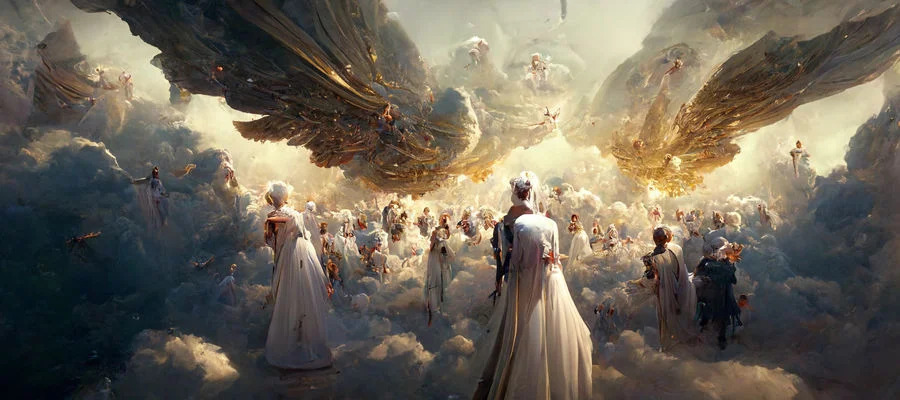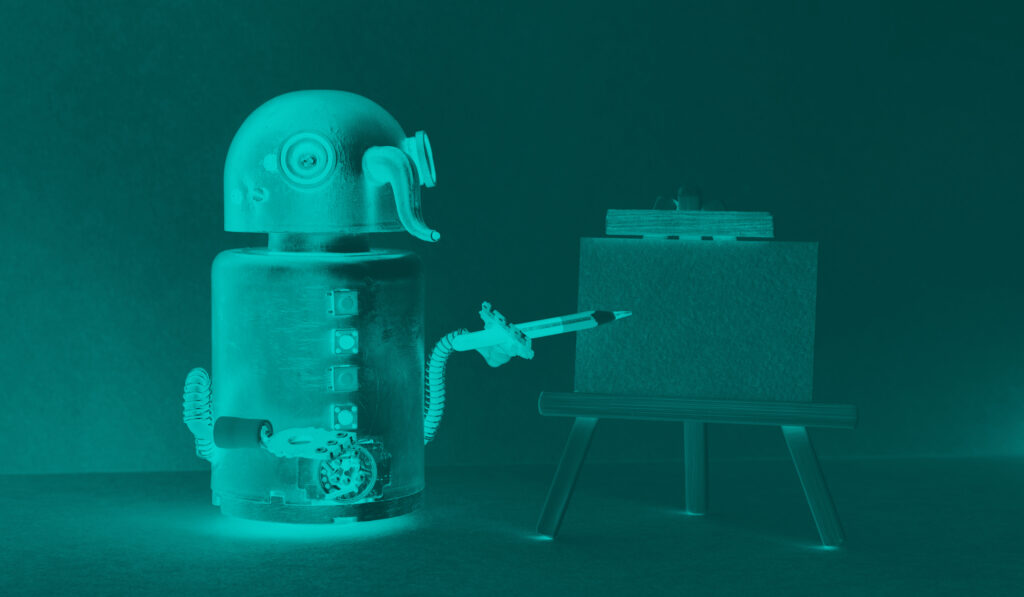The saddest aspect of life right now is that science gathers knowledge faster than society gathers wisdom.”
― Isaac Asimov
We are now living in a world run by artificial intelligence. From algorithms to machine learning, everything from the photos you take on your smartphone to the friends you connect with online are run through processes to make your online (and offline) experience efficient and instantaneous. The goal of AI is to make your life easier. It is a tool developed by engineers to make sure that the content you consume is relevant and entertaining specifically for you. This is a good thing for everyone because the internet and social media are vast landscapes containing multitudes of information that ultimately becomes a mosaic of static when looked at as a whole. AI is simply the best way to filter this information.
But when does AI go too far? What are the pitfalls we should look out for when using this tool? Science fiction authors always scribed cautionary tales of self-aware machines taking over the human race. Terminators and rogue computers attacking humans in a bid to stay alive and to exist. Luckily this has not come to pass, nor does it look like this scenario is going to any time soon. However, there may be a real human casualty in this war: human culture.
Artificial Intelligence:
What is AI? The more ubiquitous this term becomes in our daily lives, it becomes something that everyone should be familiar with. AI allows computer systems to perform tasks that usually require human intelligence to complete. Tasks that require visual perception, speech recognition, decision-making, and inference.
You interact with AI on a daily basis. Every time you search a topic on Google, use text-to-speech, or play chess against a computer, you are engaging with a system that is not human, but can think like one. Humans have strived to create systems that relieve humans of heavy intellectual labor, such as mathematics, to solve unsolvable problems, and we as a race are now living in that future. Machine learning is complex, so complex that the reasoning and logic have outpaced the understanding of those who built them (meaning the scientist or mathematician can view the result, but cannot find how AI came to its conclusion).
 Image rendered using MidJourney
Image rendered using MidJourney
The New Cultural Frontier:
While machines have not risen up to fight their human overlords, artists are faced with an unexpected attack: AI-generated creative works. In the not-so-distant past, “AI-generated artwork” would sound more like science fiction. One might imagine cold, calculated, precise imagery obviously made by a machine. But, when images created by AI art “bots” started appearing online, visual artists all over the world sat up and took note. These images created by AI were beautiful, unique and creative pieces previously only conceived by the human imagination. Characters, landscapes, and portraits that would take weeks of an artists’ time were generated in moments with impressive results never seen before. Artists felt pangs of dread as the once human-only expression of creativity was now in the possession of AI.
Would you like to see a dog, floating through the air, wearing suspenders, and chasing a flying squirrel? That is literally all you need to see it. All a person needs to do to generate these images are “prompts”, ideas typed out in word form and let AI generate multiple versions of your vision in no time at all. But how does it work?
Currently, deep-learning text-to-image models use existing imagery on the internet to analyze, interpret, and generate artwork based on prompts. These prompts can include a broad idea or art style as well as specific artist’s style as a keyphrase. Images once only created by illustrators and professional artists, could now be made instantly by anyone in any artistic style imaginable. See the images below that were generated by the popular program Stable Diffusion.
The impact on Artists:
While this technology is in its relative infancy to the general public, its effects on artists are being felt throughout the professional landscape. AI art has sparked a number of debates. Is AI art “art”? How do ownership rights work? Can an artist “opt-out” of having their life’s work included in the database used to generate AI artwork? There are no easy or satisfying answers to these questions, which puts artists in a precarious situation.
While some artists argue that AI-generated imagery could be used as a tool, or a “proof-in-concept” for a human-made art piece, others are not so convinced.
So many things I want to yell about in regards to AI "art" because every day there is something more disturbing or predatory about it. Stop defending it as a "tool". Just stop. It was not created for us or by us, it ultimatley serves capitalism and not creativity.
— Bree Lundberg ✨ (@BreeLundberg) October 7, 2022
Why would an art-director or producer or writer hire a human to create their vision, when AI can do it for free instantly. Will the rendered piece measure up against a human? Possibly not at the moment. Artists have spent their entire lives honing their mastery of minutiae. For now, it still requires human intent to include clever details and hidden meaning. For now, AI is still using pre-existing artwork to generate its images. But what if this is no longer the case? What argument for hiring artists is left once AI has completely mastered all forms of visual creativity? This is where this technology is ultimately headed, and as of now, there are no safeguards in place to protect artists in this regard.
The future of creativity:
It is believed that AI will not only replace visual artists, but musicians, game designers, modelers, and even chefs in the future. Robotic sensing is a thing and machines who cantasteexist. Language processing and music theory are systems already incorporated into AI software. These systems are designed to take what was once only the domain of the talented and specialized to the masses. Can human creativity still thrive when so many rely on it to survive in a capitalistic world? This remains to be seen, but many fear it cannot.
Ultimately this boils down to just one disturbing thought; Art is culture, but when humans are no longer creating the majority of the art in our culture, is it still our culture?


No Comments